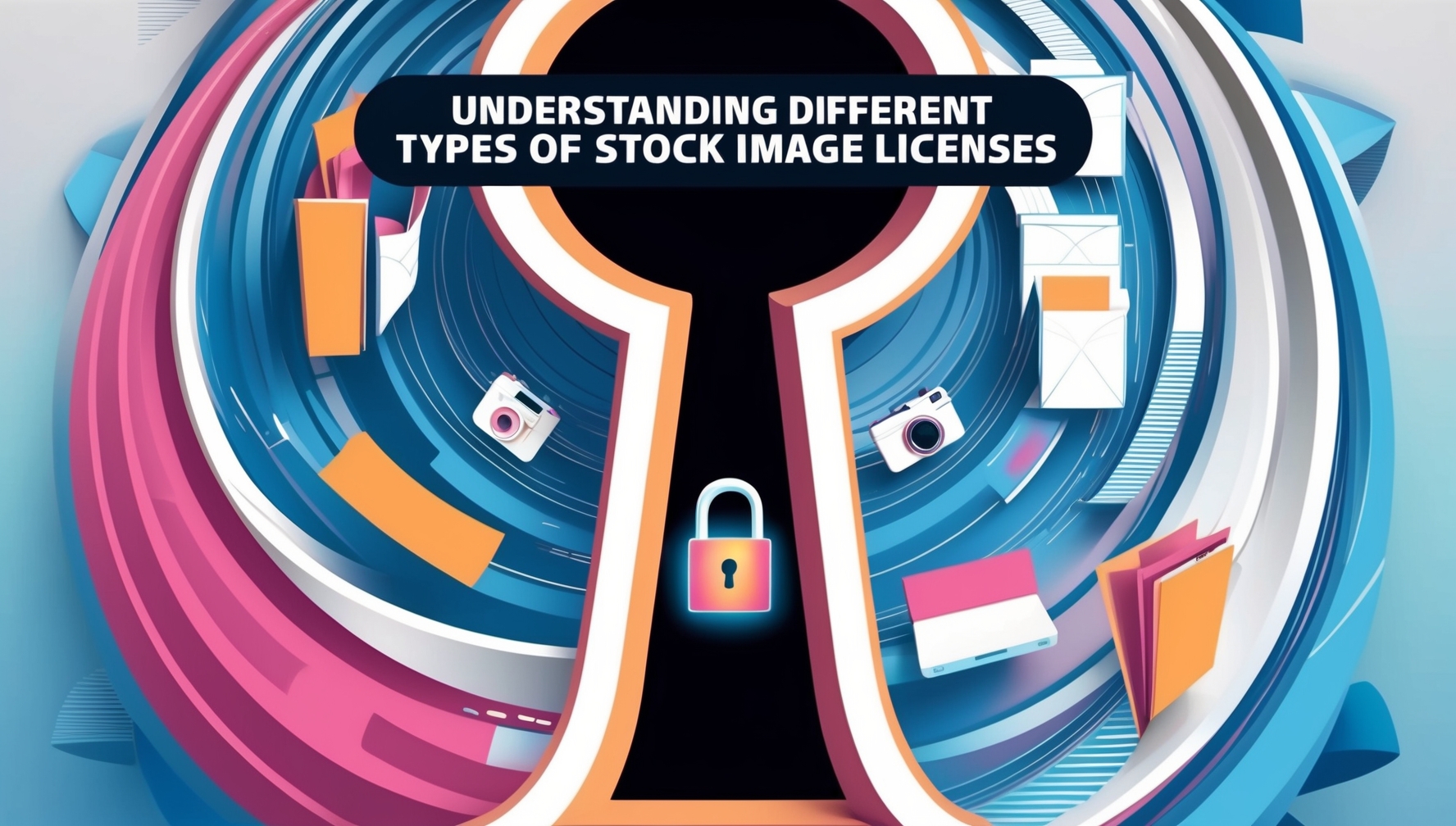When using stock images for your projects, it’s essential to understand the different types of licenses that govern how these images can be used. Each license type comes with specific rules and restrictions, and knowing these can help you avoid legal issues while making the most of the images. Additionally, it’s important to be aware of the legal implications of stock images to ensure that you are using them in compliance with copyright laws and licensing agreements. Here’s a guide to understanding the various types of stock image licenses.
1. Royalty-Free License
A royalty-free license allows you to pay a one-time fee to use the image multiple times across different projects without having to pay additional royalties. However, “royalty-free” doesn’t mean the image is free—just that you don’t have to pay per use.
- Advantages: Flexibility to use the image for various purposes, such as in print, digital, or advertising, often with no time limit.
- Limitations: Some restrictions may apply, such as not using the image in products for resale (e.g., T-shirts or mugs).
Tip: This license is ideal for small businesses or individuals who need an image for multiple uses without incurring ongoing costs.
2. Rights-Managed License
A rights-managed license requires you to pay based on specific usage factors, such as the medium, geographic location, duration, and audience size. Each use of the image may require a new license.
- Advantages: You can obtain exclusive rights for specific uses, preventing others from using the same image in a similar context.
- Limitations: The cost can be higher, and the license may restrict the image’s use to a single project or timeframe.
Tip: This license is suitable for projects where exclusivity or control over the image’s distribution is important, such as in large advertising campaigns.
3. Extended License
An extended license expands on the permissions of a standard royalty-free license, allowing for broader use cases. This might include the ability to use the image in products for resale or in large print runs.
- Advantages: More extensive usage rights, such as the ability to use the image in merchandise or high-volume printing.
- Limitations: Typically more expensive than a standard royalty-free license.
Tip: Consider an extended license if you plan to use the image in commercial products or distribute it widely.
4. Editorial Use License
An editorial use license is specifically for content that is newsworthy or of public interest. Images with this license can be used in blogs, news articles, and other editorial content but not in commercial advertising.
- Advantages: Access to images that depict real events, people, or places in a truthful manner.
- Limitations: Cannot be used for commercial purposes, such as advertisements or promotional materials.
Tip: Use this license when creating content for news websites, blogs, or educational materials where authenticity is key.
5. Creative Commons License
Creative Commons (CC) licenses offer free use of images under certain conditions. There are several types of CC licenses, ranging from very permissive to more restrictive.
- CC0 (Public Domain): Allows free use of the image for any purpose without attribution.
- CC BY: Requires attribution to the creator but allows for modification and commercial use.
- CC BY-SA: Requires attribution and that any derivative works are licensed under the same terms.
- CC BY-NC: Allows for modification and use, but not for commercial purposes.
- CC BY-ND: Allows for commercial use but no modifications.
For some Creative Commons licenses, it’s crucial to understand how to credit stock images properly to comply with the license terms, especially with CC BY and CC BY-SA licenses.
Tip: Always check the specific Creative Commons license to understand the conditions attached to the image’s use.
6. Public Domain
Images in the public domain are free from copyright and can be used without restrictions. These images are either old enough for their copyrights to have expired or have been explicitly placed in the public domain by the creator.
- Advantages: Free to use for any purpose, including commercial projects, with no need for attribution or permissions.
- Limitations: Quality and relevance may vary, as public domain images often include older works.
Tip: Public domain images are a great resource for budget-conscious projects or when you need historical images.
7. Exclusive License
An exclusive license grants you sole rights to use an image for a specific purpose or in a specific market. This means that the image cannot be licensed to anyone else in the same context.
- Advantages: Full control over the image’s use, ensuring that competitors cannot use the same image in a similar way.
- Limitations: Typically the most expensive option, and the exclusivity may be limited by geography, industry, or timeframe.
Tip: Choose an exclusive license when you need to protect your brand’s visual identity or maintain a competitive edge.
Conclusion
Understanding the different types of stock image licenses is essential for making informed decisions about which images to use in your projects. Whether you need a flexible royalty-free image, the exclusivity of a rights-managed image, or the free use of a public domain image, knowing the legal parameters ensures that you can use stock images confidently and effectively.
